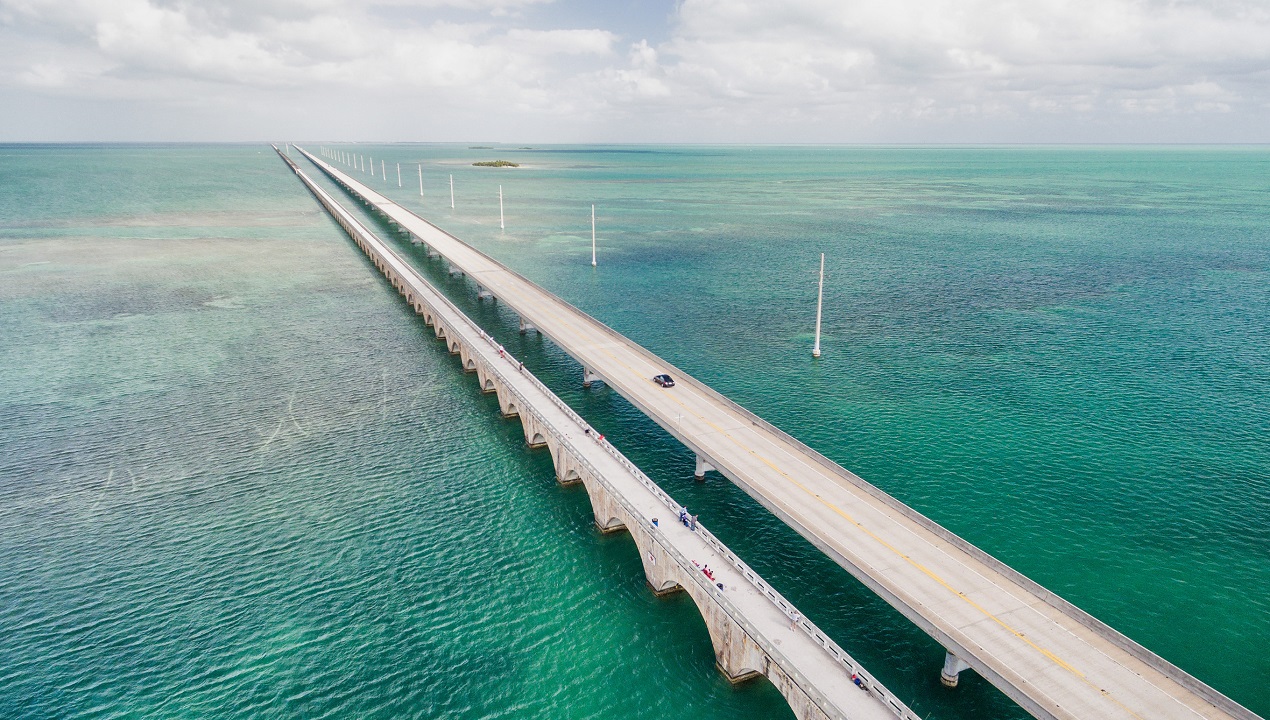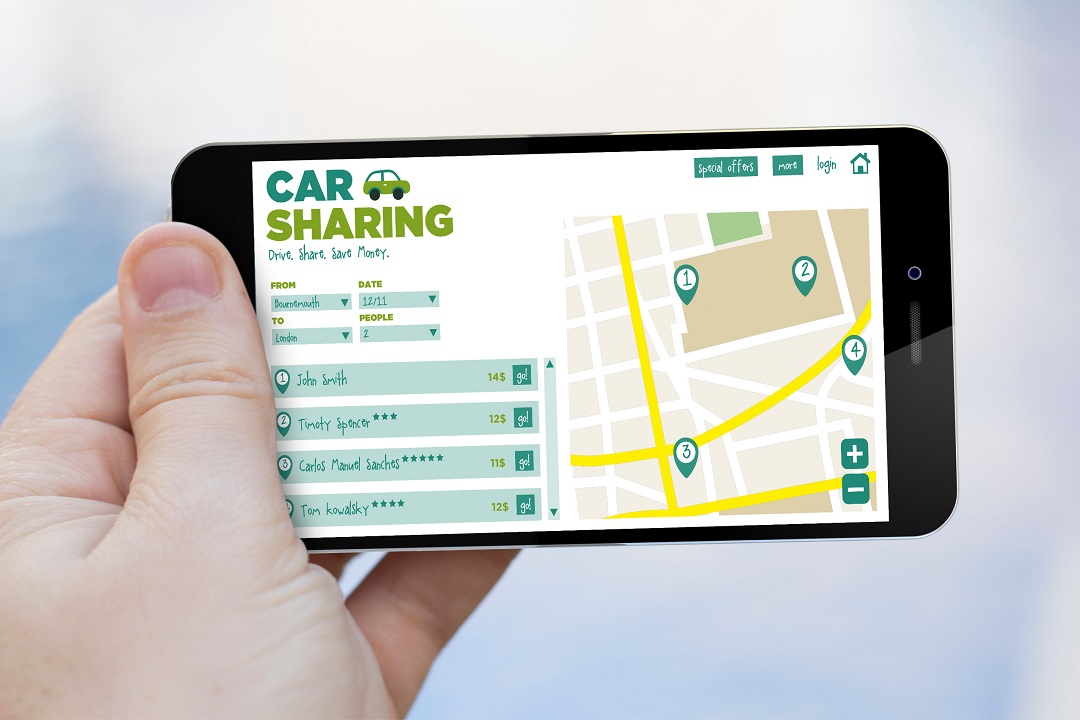
1. Pacific Coast Highway, California

Along the way, you can explore charming towns like Monterey and Santa Barbara, visit the famous Hearst Castle, or take a detour to enjoy the wine country in Paso Robles. The PCH is more than just a drive; it’s an experience filled with diverse landscapes and endless opportunities for exploration.
2. Blue Ridge Parkway, Virginia and North Carolina

While driving, you can stop at numerous overlooks, hiking trails, and historic sites. Highlights include the Blue Ridge Music Center, Linville Falls, and the Peaks of Otter. The slow-paced nature of the parkway allows you to fully immerse yourself in the beauty of the Appalachian Mountains, making it a serene and scenic journey.
3. Route 66, Illinois to California

Key stops include the Gateway Arch in St. Louis, Cadillac Ranch in Texas, and the Petrified Forest National Park in Arizona. Route 66 is not just a road trip; it’s a journey through American history and culture, offering a unique blend of landscapes and experiences.
4. Overseas Highway, Florida

Key stops include Key Largo for its underwater park, Islamorada for sport fishing, and Key West for its vibrant nightlife and historic sites like the Ernest Hemingway Home. The Overseas Highway provides a tropical escape filled with sunshine, sea breezes, and endless adventures.
5. Great River Road, Mississippi River

Along the way, you can visit charming river towns, explore national parks like the Mark Twain National Wildlife Refuge, and experience the cultural heritage of cities like St. Louis, Memphis, and New Orleans. The Great River Road is a quintessential American road trip that showcases the country’s diverse landscapes and cultures.
6. Utah’s National Parks Road Trip

This road trip allows you to experience diverse outdoor activities, such as hiking, rock climbing, and stargazing. The beauty of Utah’s national parks is awe-inspiring, making it a must-visit destination for nature lovers and adventure seekers.
7. The Loneliest Road, Nevada

Key attractions include Great Basin National Park, the historic mining town of Eureka, and the hot springs near Austin. Despite its nickname, The Loneliest Road offers a wealth of natural beauty and a glimpse into Nevada’s rich history and rugged landscapes.
8. The Adirondack Trail, New York

Highlights of the trip include Lake Placid, home to the Winter Olympics, the historic village of Saranac Lake, and the scenic drive along the Olympic Byway. The Adirondack Trail offers a peaceful retreat into nature, with plenty of opportunities to explore and unwind.
9. Pacific Northwest, Washington to Oregon

Key stops include the stunning beaches of the Oregon Coast, the Columbia River Gorge with its majestic waterfalls, and the charming city of Portland. Pacific Northwest road trip ideas are a journey through some of the most beautiful and varied landscapes in the United States, offering a blend of urban and natural attractions.
10. Natchez Trace Parkway, Tennessee to Mississippi

Along the way, you can visit the Natchez Trace Parkway Visitor Center, explore the historic town of Franklin, and hike the trails at the Meriwether Lewis Park. The Natchez Trace Parkway offers a leisurely and scenic journey through the rich history and natural beauty of the American South.
Embark on Your Next Adventure


Toi Williams began her writing career in 2003 as a copywriter and editor and has authored hundreds of articles on numerous topics for a wide variety of companies. During her professional experience in the fields of Finance, Real Estate, and Law, she has obtained a broad understanding of these industries and brings this knowledge to her work as a writer.
























